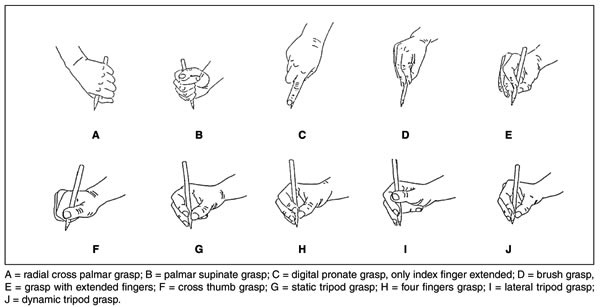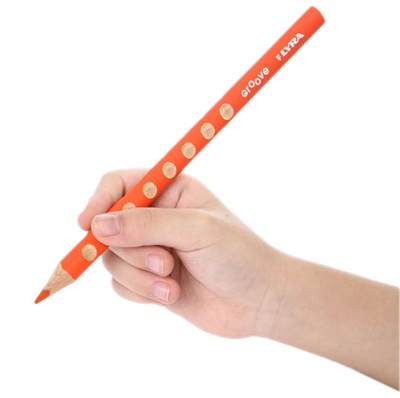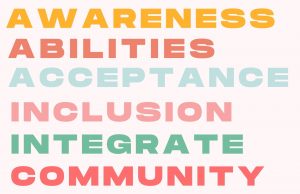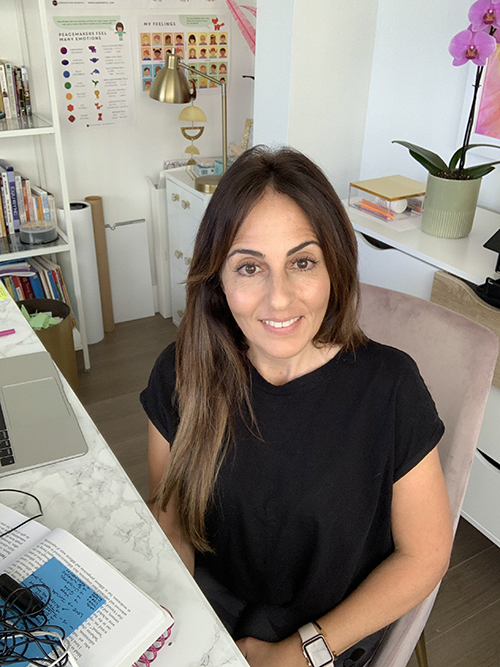Get a Grip on Pencil Grasps
I realize through my career in pediatrics that more and more children are referred to OT for poor handwriting. I truly believe that this is created in part by society’s haste to begin an academic curriculum earlier than the normal development of children’s fine motor skills. We overlook the importance of hand development and fine motor skills development. Emphasis is placed on the production of a final product (in this case writing letters) rather than ensuring that children are holding their pencils correctly while learning to write their letters.
At an early stage, when it’s acceptable for young children to produce large letters, an inefficient grasp doesn’t appear to be a big issue. Teachers are contempt that the student produced a beautiful letter rather than looking at the grasp this child used. The problem with an inefficient grasp is that as a child gets older and that the expectations for handwriting evolve (i.e. small letters, correct formation, spacing, sizing etc..) the child with an incorrect grasp is unable to formulate letters neatly and efficiently. This child can have a very difficult time performing and keeping up with the demanding and voluminous writing assignments. This in turn, can have a very negative affect on a child’s academics and love for learning/writing.
The final message is: CORRECT YOUR CHILDS GRASP AS EARLY AS POSSIBLE!
Understanding Mature Pencil Grasp Development:

It’s normal for young children to use a fisted grasp on crayons (A,B on figure) however we want to make sure that they progress from holding a crayon in their palm to holding it with their fingers.
An efficient grasp is one where the thumb and index finger create a circular webspace. This allows for skillful manipulation. So always look for that open circle between the thumb and index finger. Chances are your child is holding his pencil correctly!

Ideally, children will progress through 3 different stages of pencil grasp development:
1- Palmar grasp (A,B on figure)
2- Static Tripod Grasp with open webspace (G on figure)
3- Dynamic Tripod Grasp with open webspace (J on figure)
However, there are other accepted functional grasp patterns including Quadripod Grasp with open webspace also known as the Four Finger Grasp (H on figure) AND Adaptive Tripod Grasp (this is like the dynamic tripod grasp however the pencil is held between the index and 3rd finger)





3 thoughts on “Get a Grip on Pencil Grasps”
Hi Nancy,
I am also a veteran pediatric OT. Great article and your office looks really nice. It is exactly what I have been thinkking. My home office is part paper work and of course part craft room. :).
Thank you so much.
Hi Nancy, As a new COTA working in a pediatric clinic, I appreciate being able to refer parents to your inviting educational website.